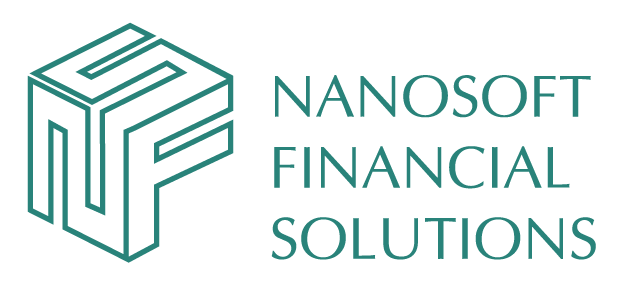It is not the idea that takes time, it is the efforts required to bring it to reality!
One of the ongoing challenges facing most start-ups and small businesses is to raise the funds needed
to support initial growth. Everything from setting up an office to purchasing equipment and tools to
purchasing other assets requires a lot of capital. In addition, working capital management is the most
important aspect of any business. Therefore, obtaining a loan is one of the easiest options.
As the number of small businesses and start-ups grows, so does the demand for innovative financing
models. By the beginning of 2020, there are approximately 5.9 million small businesses in the UK,
accounting for almost 60% of the total employment. These companies require the best financial
options to make them successful.
Going to a bank may seem like the first choice, but getting a loan from a large bank can be a
cumbersome choice. Traditional loans may not be suitable for new or small businesses looking for
unsecured options with low interest rates and flexible repayment methods. So, here are 5 Best Ways
to Secure Loans for Start-ups and Small Sized Businesses.
1. Unsecured business loans
Most start-ups and small businesses do not have a large amount of collateral or mortgage assets to
use as collateral. The biggest advantage of this kind of loan is that it does not require any security,
and the approval and payment of the loan are based on the assessment of financial status, growth
forecast, and legal capacity. An unsecured loan fuel the capital required in the business to procure
assets and start operations.
2. Invoice Finance
For SMEs that need instant cash flow to conduct business, Invoice Finance is a good option. It unlocks
the cash tied up in invoices or credit sales. If the company issues invoices that should be paid within
30 to 90 days, the company can obtain loans against these invoices. There are two variants: invoice
factoring (also known as debt factoring) and invoice discounting.
3.Bootstrapping
This involves using own financial resources and personal savings to start a business or invest in an
existing one. It has associated Risks as it is based solely on personal savings.
4.Crowdfunding
Do you have a good idea, are you ready to share it with the outside world? Crowdfunding is the best
method. However, since it comes down to sharing concepts, business plans, and other details with
the outside world, this may not be the best choice for many companies or startups.
5. Asset Finance
The capital cost of pre-purchasing assets will put pressure on the company’s working capital. Asset
financing can release cash related to your existing business assets. Allows the purchase of new
equipment, such as leased machinery or vehicles, the business can choose to purchase assets at the
end of the contract. Common types of asset financing are equipment leases, financial leases, and hire
purchase agreements. Asset financing provides a viable option to obtain assets without any upfront
costs. Then, the company pays monthly fees within the agreed time frame.
For any start-up or small-sized businesses looking for financing options, evaluating the above options
is a must.

